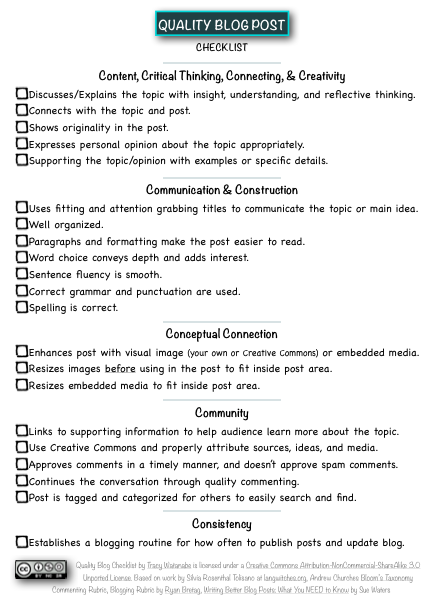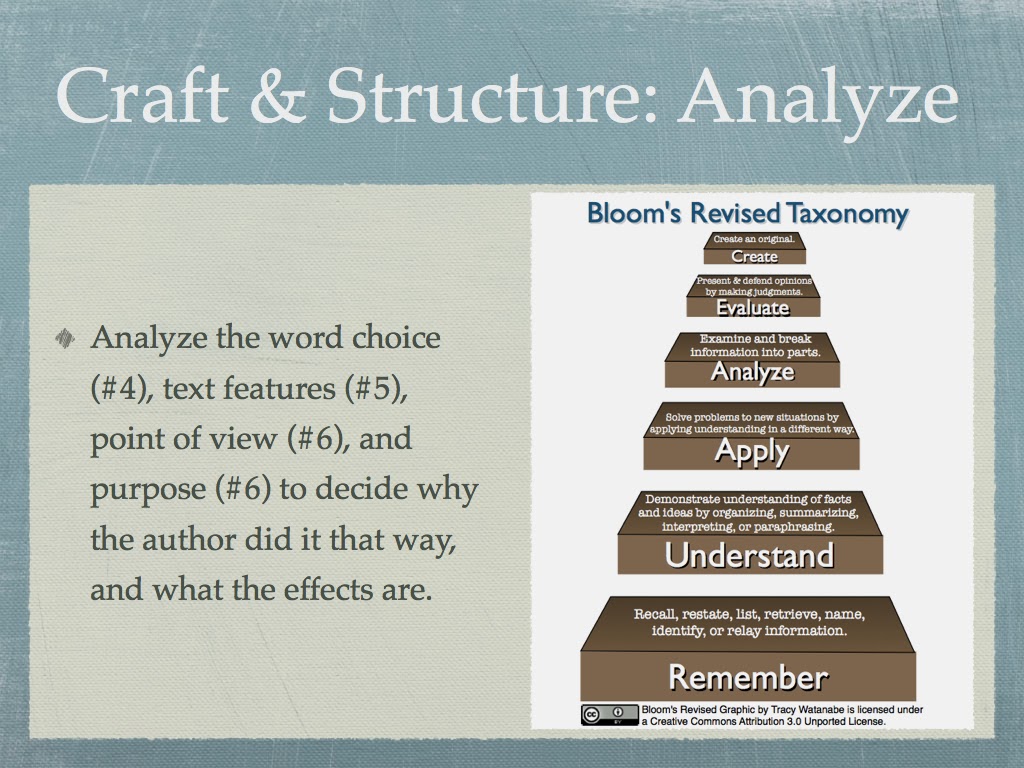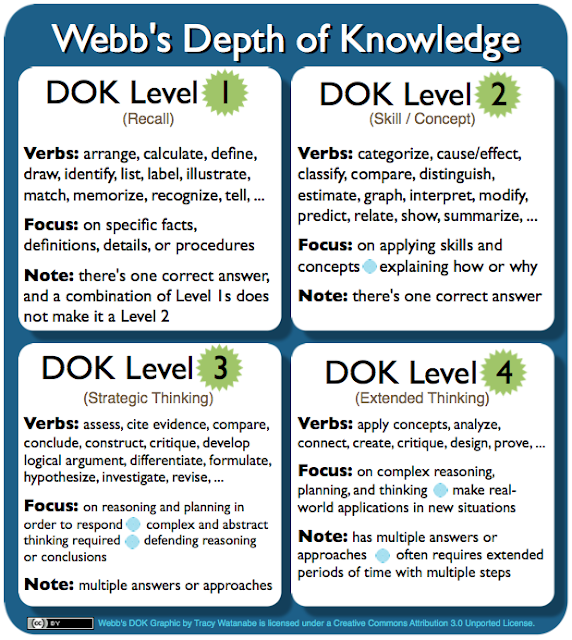Mystery State Skype
Mystery State Skype isn't a new idea, it's basically taking learning geography and placing it in a game format like Twenty Questions via Skype, by asking questions to guess the location of the other classroom. Not only does this connect students from across the country (or globe), but it also gives a context for students to apply geography with critical reasoning, collaboration, communication, digital citizenship, and information fluency -- 21st century skills.
Learning standards
What should your students research? I recommend looking at your standards to know what is expected of your students as a starting place.
Preparing for the Mystery Skype
Setting up the Mystery Skype
There are many places where you can sign up for a Mystery Skype. Here's a few:
Tips:
21st century fluencies
What 21st century skills will students use?
Roles
The roles you assign students will really depend on what tools you have available and best fits your students' needs. It's also important to make sure all of your students are allowed to be on camera prior to the Mystery Skype (check for non-disclosures).
Going deeper
When the Mystery Skype is over, it's so important to go deeper by reflecting and connecting back to the learning.
Silvia Rosenthal Tolisano created this assessment of learning graphic organizer for a Mystery Skype.
Final thoughts
Focus on the critical thinking and the learning. Help students think through their reasoning while not giving them the answers.
Mystery Skypes should be a fun and engaging way to apply their learning for a real purpose and audience.
 |
| Skype in the classroom |
What should your students research? I recommend looking at your standards to know what is expected of your students as a starting place.
- Geography standards -- History-Social Science Content Standards
- Consider the research writing standards (see CCSS ELA Writing Standards #7 - 9)
- Converse and collaborate with diverse partners -- CCSS ELA Speaking and Listening #1
- 21st Century Skills -- ISTE Standards for Students
- Note that your students will read informational text for a specific purpose
Preparing for the Mystery Skype
Setting up the Mystery Skype
There are many places where you can sign up for a Mystery Skype. Here's a few:
- Skype in the classroom -- Mystery Skype
- Mystery Skype Sign Up Locations
- Another Mystery Skype List
- Mystery State/Country
- Google + Community
Tips:
- Check time zone differences.
- Set up a test call a few days before the event to make sure the technology is working, and to confirm the Mystery Skype day and time.
- Double check how the teacher wants to do the Mystery State Skype. There are several variations of Mystery Skypes such as using yes/no questions or clues. The questions your students create will reflect what variation of Mystery Skype you do.
21st century fluencies
What 21st century skills will students use?
- Research and Information Fluency: Do students know how to search for valid and reliable information?
- Digital Citizenship: Have they been introduced to Skype etiquette?
- Critical Thinking: After researching, organize the information as questions in a logical order. To add an extra element to the research, have students make a list of the states that fits the question and add it to the map. Then when they ask questions in the Skype ("Is there a NBA basketball team in your state?") they can use it to eliminate/include states.
- Communication and Collaboration: Have collaboration norms been established?
What 21st century skills might also be addressed/included in the Mystery Skype?
- Research and Information Fluency: Do students know how to use Google Maps?
- Digital Citizenship, Communication, and Collaboration: Will you have students typing up questions and answers on a backchannel? If so, are they aware of what's expected of them as digital citizens?
- Technology Operations and Concepts: Do students know how to troubleshoot if the sound doesn't work? Do they know how to check the Skype preferences and then the computer hardware preferences for the microphone?
Roles
The roles you assign students will really depend on what tools you have available and best fits your students' needs. It's also important to make sure all of your students are allowed to be on camera prior to the Mystery Skype (check for non-disclosures).
- Click here for a template with the steps as well as roles.
Going deeper
When the Mystery Skype is over, it's so important to go deeper by reflecting and connecting back to the learning.
Silvia Rosenthal Tolisano created this assessment of learning graphic organizer for a Mystery Skype.
Final thoughts
Focus on the critical thinking and the learning. Help students think through their reasoning while not giving them the answers.
Mystery Skypes should be a fun and engaging way to apply their learning for a real purpose and audience.
- What questions do you have about Mystery Skyping?
- What insight or resources will you add to this conversation?
- How else does this post connect with you?






Comments
Post a Comment
Directions for posting:
1) Choose "Comment As" first. If you don't have a Google/Blogger account, you can choose Name/URL and type in your name, then place the web site that best describes you in the URL (i.e. www.ajusd.org). Or, you can choose "Anonymous".
2) You may need to press "Post Comment" more than one time.
It is always wise to copy your comment before pressing "Post Comment" just in case something happens.
3) Type in the word verification.
4) If you did everything correctly, it will state, "Your comment has been saved and will be visible after blog owner approval." If you do not get that message, please try again.
Click here for a tutorial on how to comment.
Thank you!